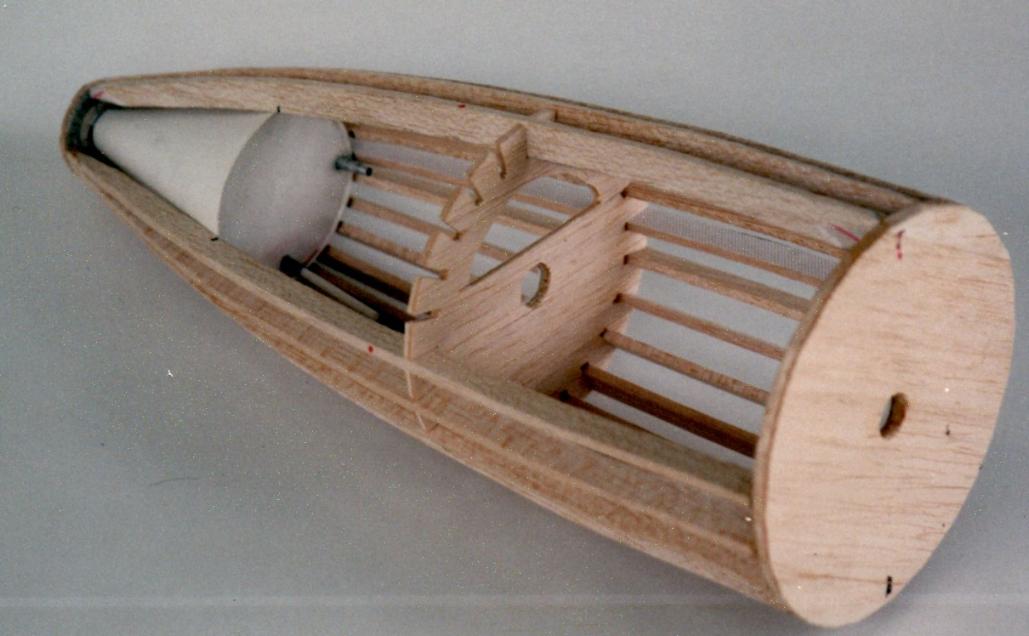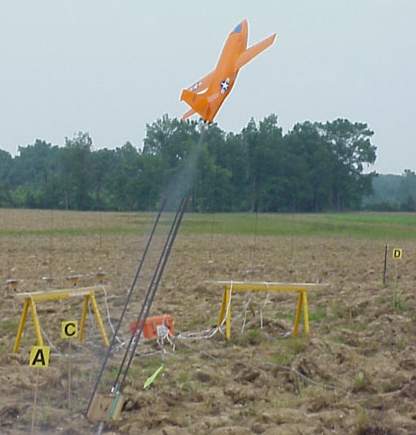SteveNeill
SNG Studio Ventura
Over the years I have built from scratch many a Bell X-1. The plane tends to haunt me and I love it. I even bumped into Chuck Yeager in a parking lot in the 90's by chance. He was so nice and we leaned against his car and talked like a couple of wings nuts for a long time. I just got lucky.
First one was a 60 span plane with a K&B 61 I flew. I did others. All wood construction. They all flew well. Last one I did was back in 2002. It was a kit I sold for awhile and it had about a 40 inch span and flew well on a sp 400 can motor and 7 cells. It was CNC wire cut, covered with Silkspan and water based polyurethane floor sealer.
I still have one and it has been sitting for years. I was looking it over today. Cleaned off the years of dust and grime and then it hit me. Couldn't I stick and rocket motor in the back and launch it? Fly it back down under RC and land on retracts or it's belly.
I have so many planes, rockets and jets I'm building but I don't think it would take long to put some servos in this and some kind of engine mount in the back that won't melt the foam. I would love to hear your opinions on this.
It this works I'd do more. X-15, X-1a and other X planes and Luft 46 stuff. Looking at what you guys have been doing all these years I have been gone from rockets has inspired me.
First one was a 60 span plane with a K&B 61 I flew. I did others. All wood construction. They all flew well. Last one I did was back in 2002. It was a kit I sold for awhile and it had about a 40 inch span and flew well on a sp 400 can motor and 7 cells. It was CNC wire cut, covered with Silkspan and water based polyurethane floor sealer.
I still have one and it has been sitting for years. I was looking it over today. Cleaned off the years of dust and grime and then it hit me. Couldn't I stick and rocket motor in the back and launch it? Fly it back down under RC and land on retracts or it's belly.
I have so many planes, rockets and jets I'm building but I don't think it would take long to put some servos in this and some kind of engine mount in the back that won't melt the foam. I would love to hear your opinions on this.
It this works I'd do more. X-15, X-1a and other X planes and Luft 46 stuff. Looking at what you guys have been doing all these years I have been gone from rockets has inspired me.




















